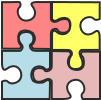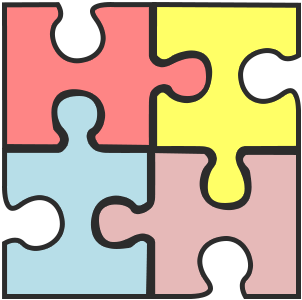What Is SIB?
According to research done by Psychology Research and Behavior Management 50% of people diagnosed with Autism Spectrum Disorder (ASD) engage in some form of Self Injurious Behavior (SIB) that can lead to self injury. SIB refers to behaviors in which someone inflicts harm upon themselves.
Examples of SIB:
- Head banging
- Hair pulling
- Self-biting
- Self-cutting
- Skin scratching
Why do individuals engage in SIB?
Many caretakers, guardians and parents have difficulty understanding why their family member might engage in self-injurious behavior and are very alarmed when this behavior occurs. SIB can be violent and put the individual at a higher risk of serious medical injuries that may result in hospitalization or in very serious cases, death. Having a proactive plan in place to reduce SIB is very imperative to keep the individual safe from harming themselves. Individuals might engage in SIB for a variety of reasons. Some of the reasons for SIB could be to gain attention, unable to express their wants or needs, and coping with physiological pain.
Treatment Plans
SIB can become a serious health risk and can even impact the individual’s quality of life. To prevent an individual from causing serious injury it is important to have a plan in place. By starting with identifying the function (why?) an ABA therapist can identify the antecedents and provide strategies to avoid those antecedents that could lead to the individual to engage in SIB. These strategies are a proactive approach to keep the individual safe and teach you how to react when the individual engages in SIB.

